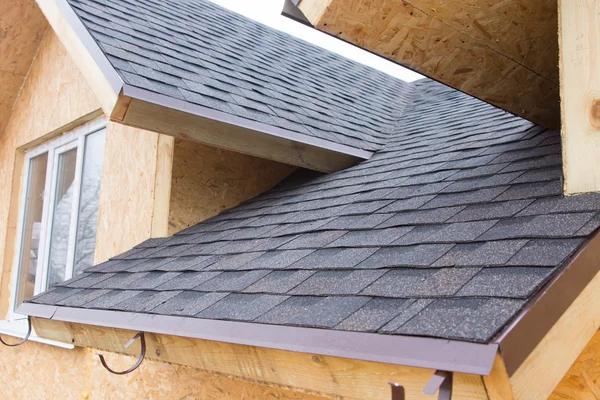Roof installation is a crucial aspect of building construction that requires careful planning and execution. A well-installed roof not only enhances the aesthetic appeal of a building but also provides protection against harsh weather conditions. The process of roof installation involves several steps that must be followed meticulously to ensure a durable and long-lasting result.
The first step in the roof installation process is to assess the existing structure and determine the type of roofing material that will be used. This includes considering factors such as climate, budget, and aesthetics. Once the type of roofing material has been decided upon, measurements are taken to determine the amount of material needed for the project.
Next, any existing roofing materials are removed to prepare the surface for the new roof. This may involve tearing off old shingles or tiles, repairing any damage to the underlying structure, and ensuring that the surface is clean and free from debris. In some cases, a layer of underlayment may be added to provide additional protection against moisture.
Once the surface has been prepared, it is time to begin installing the new roof. This typically starts with laying down a layer of insulation to improve energy efficiency and prevent heat loss. Next, a addition contractor near me waterproof membrane is installed to protect against water infiltration. Finally, the roofing material itself is laid down in overlapping rows or sections depending on the type of material being used.
For asphalt shingle roofs, individual shingles are nailed down in rows starting at the bottom edge of the roof and working upwards towards the peak. For metal roofs, sheets or panels are fastened together using screws or clips. Tile roofs require each tile to be individually secured in place using mortar or adhesive.
Once all sections of roofing material have been installed, finishing touches such as flashing around chimneys and vents are added to ensure a watertight seal. Gutters and downspouts may also be installed at this stage to direct rainwater away from the building.
Overall, roof installation is a complex process that requires careful planning and attention to detail. By following these steps diligently and hiring experienced professionals when needed, homeowners can ensure that their new roof will provide years of reliable protection for their property.
Starr General Contracting
5445 Blue Holly Cir, Glen Allen, Virginia 23060
804-494-4111






